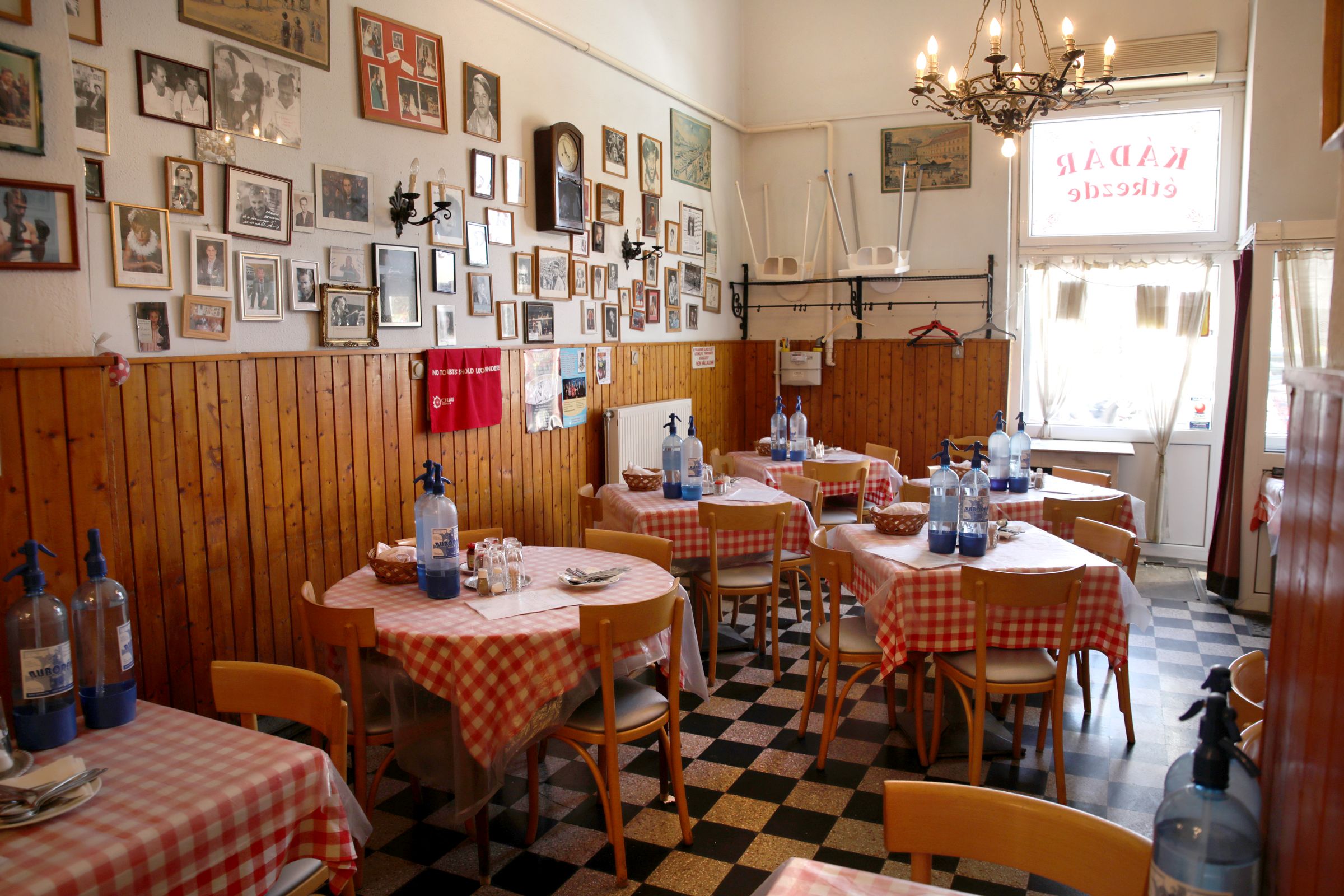You’ve tried gourmet restaurants, high-quality bistros and street food in Budapest. But what about classic, everyday Hungarian cuisine, where they serve goulash, stew and pork knuckle? Some of the city’s most illustrious chefs put six traditional eateries to the test.
Beginning with Tamás Széll of Stand25, we also talked to Ádám Barna of St. Andrea Wine & Gourmet Bar and Balázs Csapody of Kistücsök about Hungarian cuisine. Árpád Kovács of the Ybl Budai Creative House declared: “For years my family has been trying out these kinds of places during our free time on Sundays, places where we love going”.
Róbert Rosenstein pointed out the plethora of Italian restaurants where Hungarian ones used to be. He also mentioned a friend of his, a former chef at the Boscolo and the Gellért, who has since opened his own classic Hungarian eatery. Serving top-notch catfish paprikás, veal paprikás and tripe stew, the Kockás Abrosz (‘Checkered tablecloth’) sits close to the Thököly Vendéglő – in operation since 1923.









